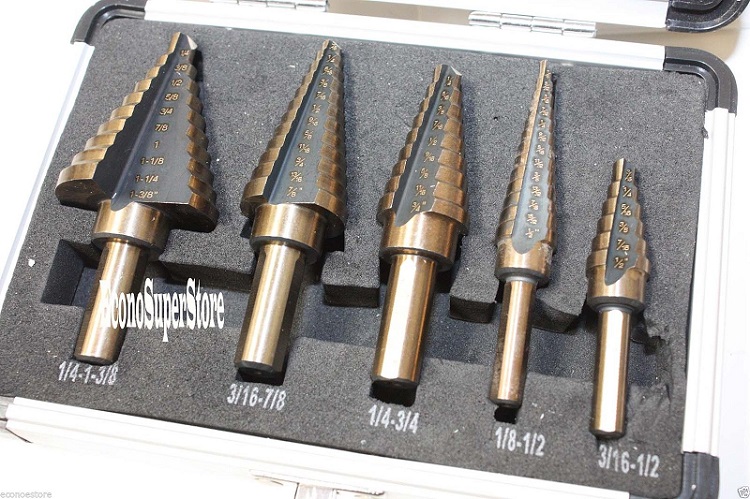Well logs are the measurements acquired at specific depths of a well that mark out the subsurface formations. There are two methods of logging, open-hole, and cased hole logging.

Open hole logging involves the logging acts that are accomplished before a bore well has been cased and cemented. On the other hand, cased-hole logging is a method of retrieving the logging measurements of a well that has already been completed.
Logging through casing began in the late 1930s with the gamma-ray log that is still used in the present. Besides, other cased-hole logging tools provide real-time data about the porosity, resistivity, water saturation, and other more.
Let’s get started-
What Are The Basic Cased Hole Tools And Their Applications?
The basic cased hole logging tools can be divided into three categories- Saturation, Correlation, and Porosity.
The correlation device co-relates the open hole measurements and cased hold measurements to estimate the volume. The saturation device determines the water saturation when the water salinity and porosity are known. And, the porosity device calculates the porosity when the lithology is known.
Now, let’s discuss the different tools and their applications, one by one.
Cased-Hole Gamma Ray For Correlation
As the name depicts, the Gamma-ray tool records the naturally occurring gamma rays or radioactivity in a formation. It provides a measurement of shale contents and can be used for co-relating the zones. It helps to identify lithologies and correct the porosity log results.
Applications
It helps in-depth determination, correlation within the well and between the walls.
It helps to evaluate the shaliness and radioactive mineral deposits.
It helps in positioning of the open-hole sampling tools.
Cased-Hole Spectral Gamma Ray
Spectral Gamma Ray tools provide an insight into the mineral composition. A complete gamma-ray spectrum measured is resolved into the three most common components of the radiations, Potassium (K), Thorium (Th), and Uranium (U).
The method involves the use of five-window spectroscopy to resolves the gamma-ray spectra into U, Th and K curves. This data is used to study the features of clay and sand around the wellbore.
Applications
It determines the composition of radioactive elements.
It helps to evaluate the clay content where radioactive elements can be present.
It estimates the Uranium and Potassium potentials, checks whether there are other radioactive deposits.
It provides a detailed well-to-well correlation.
Cased-Hole Saturation Log
Reservoir saturation tools such as Pulsed neutron make both sigma and Carbon/Oxygen ratio measurements. It helps to calculate the water saturation in medium to high porosity formations. This calculation is quite helpful if the water salinity is unknown.
Applications
It gives the sigma, porosity and C/O measurements in just one trip in the wellbore.
It helps to evaluate the water saturation level in the old wells where the opened-hole logs haven’t been run.
It measures the water velocity inside the casing.
It examines the borehole salinity.
Cased-Hole Compensated Neutron Log
Compensated neutron log tool contains a radioactive source which bombards the formation with fast neutrons. Hydrogen atoms present in the formations slow down these neutrons, which get deflected back to the tool.
This method measures the hydrogen index of the formations that can be converted into porosity values. It further indicates the lithology and gas present in the zones.
Applications
It helps in gas detection, porosity determination, and hydrogen estimation.
It helps to analyze the features of clay around the formation.
Cased-Hole Formation Resistivity
The resistivity tool injects the current using the sidewall contact electrodes. Though most of the current remain in the casing, a very little portion escapes the formation. The electrodes measure the potential difference created by the escaped current, which is proportional to the conductivity.
Applications
It determines the residual oil saturation.
It helps to calculate the resistivity measurement behind the casing in new and old wells.
It determines the location of hydrocarbons in the formation.

